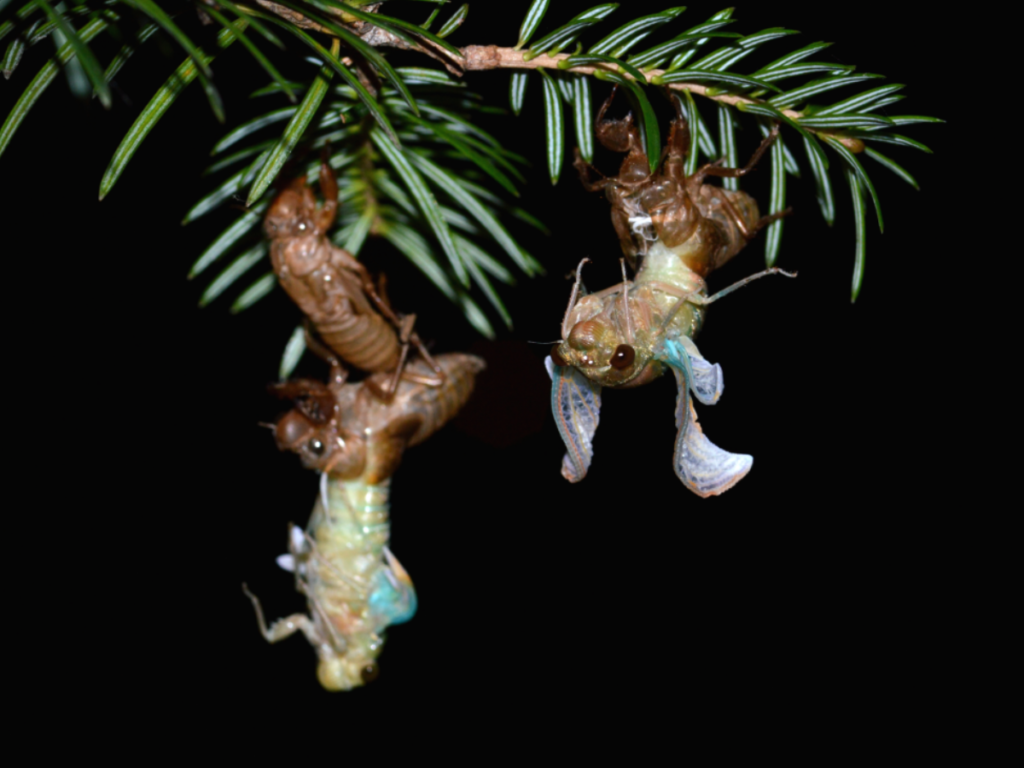Welcome back to the Lab!
With the New Year, comes new goals. Personally, I like to set the bar low; my resolution for the last 5 years running has been to drink more water. But for some, the new year is a symbolic turning point for reinventing themselves. Shedding their old self and emerging anew.
As insects grow, they are constantly reinventing themselves, as their outer shell (or exoskeleton) doesn’t allow for a gradual change in size. Despite the many benefits that an exoskeleton provides (protection, structural integrity, water retention, etc.), it presents a unique challenge to growing insects. In order to get bigger, the insect must shed its old exoskeleton in a process known as molting.

The exoskeleton is a complex structure, formed by many layers. The important thing to know is that the layer being shed by the insect or arthropod is known as the cuticle. The polysaccharide chains that make up the cuticle are secreted by an underlying cellular layer, the epidermis.
The entire process is kicked off by the release of a brain hormone, triggering a cascade of events. First, the old cuticle separates from the epidermis; however, it remains intact. There is still work to be done before the insect can emerge. The epidermis secretes an enzymatic fluid that digests and reabsorbs part of the cuticle; then it begins building the new cuticle underneath the old cuticle.

Still with me? Now comes the fun part.
The stage of the molting process we are most familiar with is known as ecdysis; this is when the insect begins to emerge from the old cuticle. They force air, water, or hemolymph (insect blood) into the thorax. The pressure causes the old cuticle to rupture along a “seam,” and the insect wriggles out.

Once the animal emerges, the new exoskeleton is soft and wrinkled. The insect will use air or water to expand the exoskeleton to its appropriate size, and eventually the exoskeleton hardens in a process known as sclerotization.
The entire molting process – growing the new cuticle, ecdysis, and sclerotization – can take days to weeks, depending on the type of arthropod and their age. The animal is especially vulnerable during each stage of the process, and at MBHI, we do our absolute best to make sure each animal has its needs met in order to ensure a successful molt.
Until next year, thanks for visiting the lab!
Bug Wrangler Brenna
brenna@missoulabutterflyhouse.org
Want to revisit a previous Notes from the Lab issue? Check out our archive! Do you want to request a subject for an upcoming issue? Email me at the address above and put “Notes from the Lab” in the subject line.